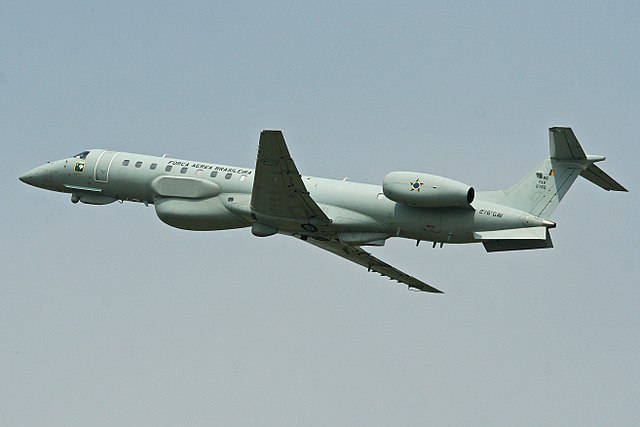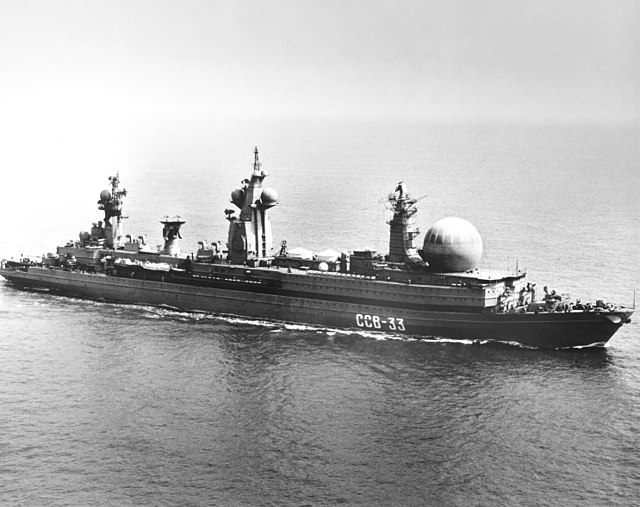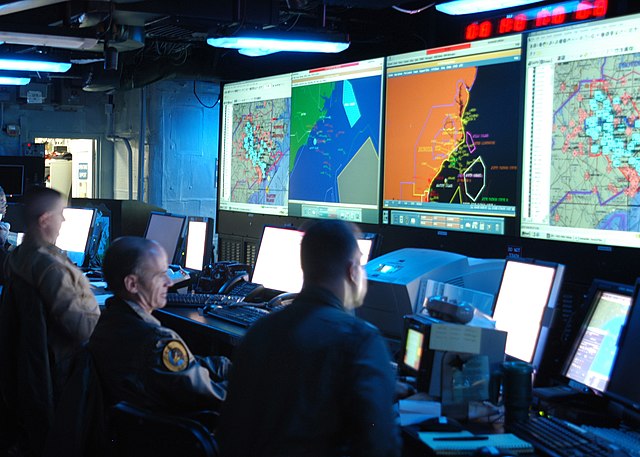Battle command (BC) is the discipline of visualizing, describing, directing, and leading forces in operations against a hostile, thinking, and adaptive enemy. Battle command applies leadership to translate decision into actions, by synchronizing forces and warfighting functions in time, space, and purpose, to accomplish missions. Battle command refers both to processes triggered by commanders and executed by soldiers and to the system of systems (SoS) that directly enables those processes.
BC FBCB2 component in a Humvee
Command and control is a "set of organizational and technical attributes and processes ... [that] employs human, physical, and information resources to solve problems and accomplish missions" to achieve the goals of an organization or enterprise, according to a 2015 definition by military scientists Marius Vassiliou, David S. Alberts, and Jonathan R. Agre. The term often refers to a military system.
A watchstander at her station in the combat information center of USS Carl Vinson in the year 2001
Embraer R-99 MULTI INTEL, an example of aircraft with C3I capabilities
The Soviet nuclear-powered command and control naval ship SSV-33 Ural in the year 1988
Joint Operations Center watch standers aboard the command ship USS Mount Whitney in the year 2005





